Here’s the science you loved most this year
Dinosaurs, planets and video games, oh my

What were you all reading this year? Read on and find out!
Nancy Moulding/SNS
The latest findings in science can be huge. Scientists might discover what killed the dinosaurs or find a new solar system. Some scientific findings may seem small by comparison. How our phone affects our sleep or why onions make us cry may not seem like such a big deal. But in our day-to-day lives? They can make a huge difference.
Our readers this year loved lots of science stories. Some were big deals, like dinosaurs or weather control. Others were more personal, like vaping and fidget spinners. Here’s what you were reading in 2017:
10. Should we be weather wizards?
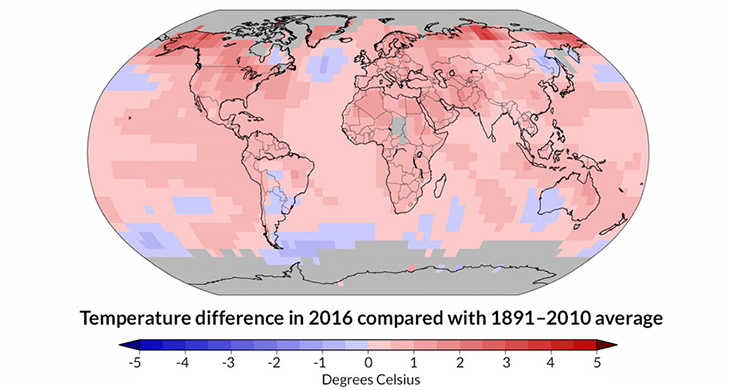
Weather control used to belong to the X-Men. But real people can change the weather, too. Scientists are trying to seed clouds to make more rain or snow form and fall. So far, those effects have been small. People have had much bigger impacts Earth’s climate, though we didn’t mean to. Climate change caused by burning fuels has raised surface temperatures. Could weather wizardry chill us out? Unfortunately, Earth’s climate is complex, so that may not be a good idea.
9. If the sun goes out, what do animals do?
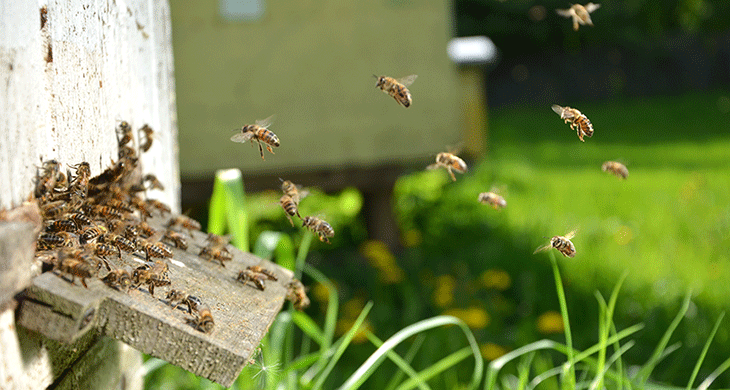
On August 21, 2017, the sun vanished in the middle of the day across a swath of the United States, from Oregon to South Carolina. It was a total solar eclipse, when the moon swung in front of the sun and completely blotted it out for a few crucial moments. People across the country looked up. But what about the animals? Scientists asked viewers to use the app iNaturalist to record what they saw and heard. Now the data are in, and scientists are reporting which birds flew, which frogs called and which bugs buzzed across the country.
8. No more excuses: Put that screen away before bed
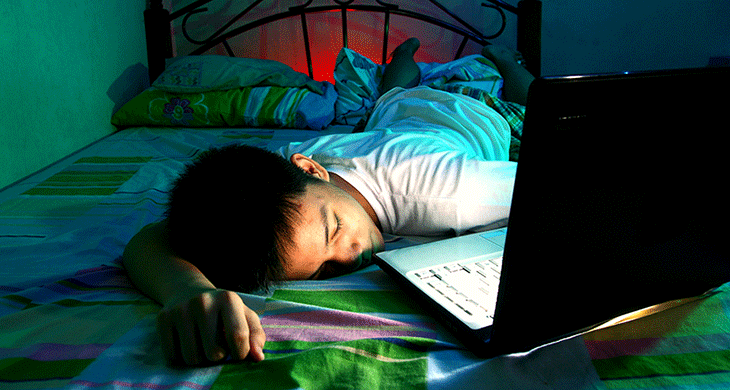
You’ve probably heard that you shouldn’t use a smartphone, tablet or computer before bed. Scientists have known for a while that the blue light these gadgets emit is bad for our sleep. But just how bad? Our November story showed that students exposed to blue light got 16 fewer minutes of shuteye compared with those who saw red light. The blue light also made the students wake up more often. So maybe try a book before bed instead.
7. Video games help people play nice
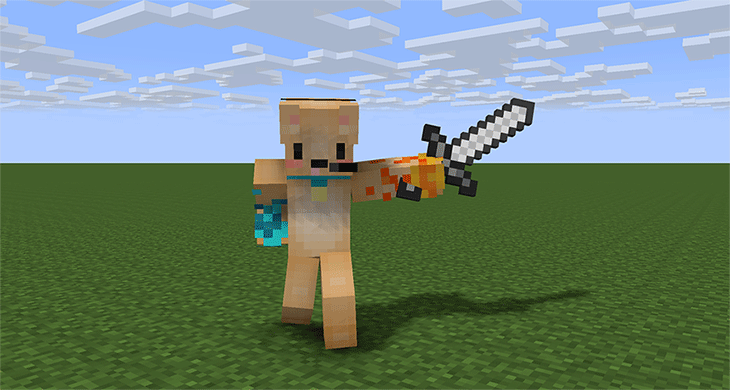
Think games are a waste of time? Think again. In a September article, scientists had students play 14 hours of games such as Minecraft and Borderlands 2. While playing, the gamers talked with and helped each other. Another group of students played no games. Afterward, the students who played video games felt that they had better communication and problem-solving skills than the students who did nothing. Game on (just not right before bed)!
6. Why do onions make us cry?

Anyone who’s sliced an onion or two knows to keep a tissue handy. But how does such an innocent vegetable have such a sob-worthy effect? Scientists have been trying to complete the chemical puzzle for more than 40 years. This year, they added another crucial piece to the long, tear-jerking sequence of chemical processes. It’s an enzyme that hustles the reaction along to its weepy conclusion. As to why onions produce such cruel chemistry: It’s to prevent predators from chowing down on them.
5. Fidget spinners: Tools, toys or both?
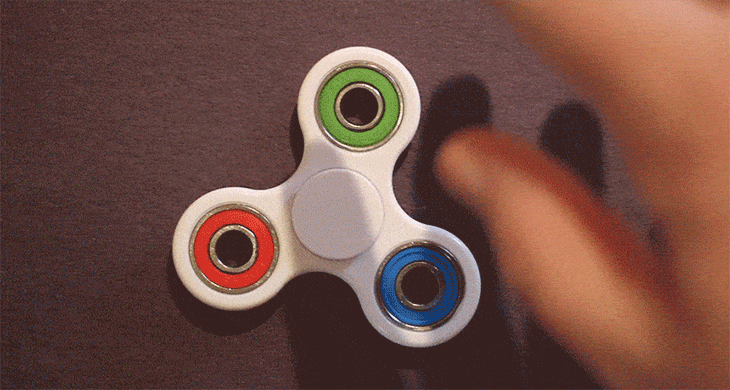
The biggest toy craze of 2017 has definitely been the fidget spinner. Plenty of adults have gotten into the game, too. These whirring gadgets can be more than just toys, though. For some people with attention deficit hyperactivity disorder (ADHD), fidget spinners can be part of their doctor-prescribed therapy. But they can also distract us from what we should be doing, and they aren’t helpful for everyone.
4. What is dopamine?
Dopamine is a popular word these days. This chemical plays a role in many of our behaviors. It helps us spot rewards and risks. Too little dopamine contributes to the symptoms of Parkinson’s disease. And addictive drugs (such as cocaine) can hijack the chemical. But dopamine isn’t really a bad guy. It’s a chemical messenger in our nervous system. Dopamine signals help us move and make us work for rewards — whether the reward is a good grade, a slice of pizza or a drug. How does that work? We’ve got an explainer for that.
3. It’s a Trap-pist! Astronomers found seven new planets.


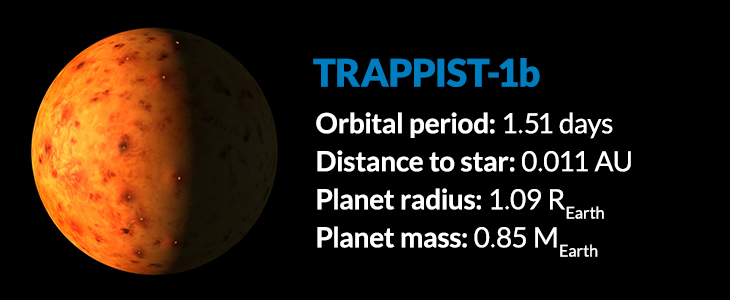
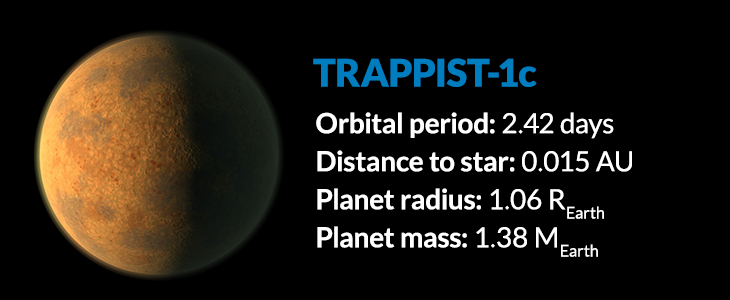
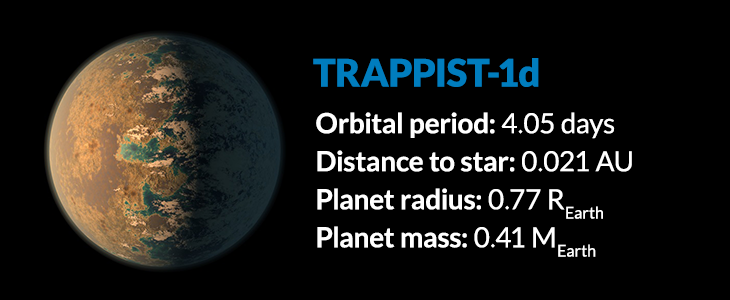
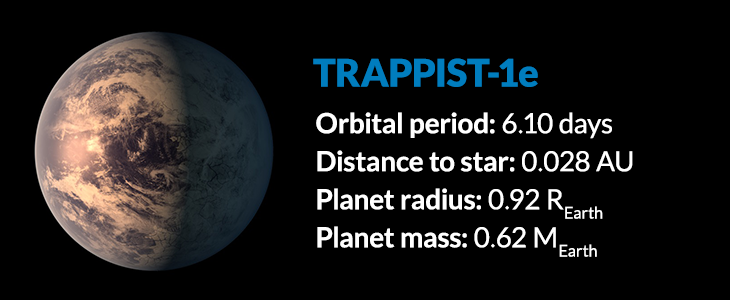
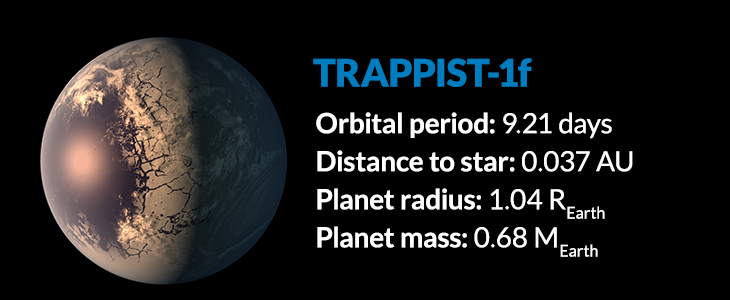

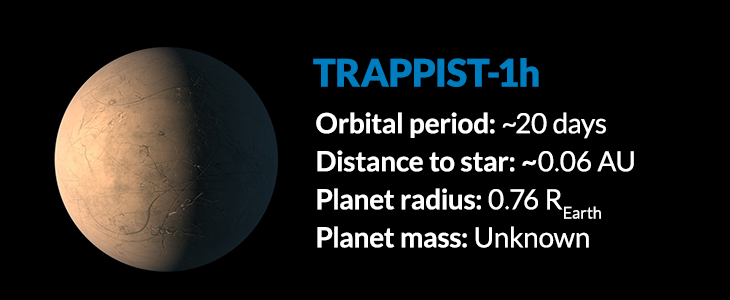
2. What killed the dinosaurs?
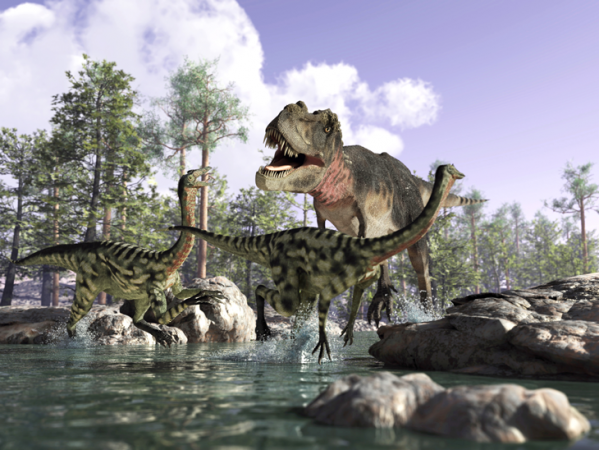
Dinosaurs died out 66 million years ago. But what snuffed out the T. rex? Was it a giant rock screaming in from outer space? What about a massive volcanic eruption spewing lava across the land? It could have been a bit of both. Scientists now think volcanic eruptions put the dinosaurs under stress, and an asteroid impact sealed the deal. Maybe. Researchers are still arguing about all of this. No matter how it happened, though, Earth didn’t see the sun for two years afterward. Dinosaurs died in darkness.
1. E-cigs or regular cigs, danger abounds

Electronic cigarettes are devices that dispense nicotine — the drug usually found in cigarettes. When people use e-cigs — called vaping — they can inhale nicotine vapor without the dangers of inhaling the burning tobacco leaves that cigarettes are made of. In theory. But in reality, vaping has its own health hazards. Teens can get lured in by candy flavors. But the liquids in e-cigs have toxic chemicals, and vaping can irritate the lungs and slow down wound healing. For more, keep an eye on our collection of vaping stories.
Updated 2:41pm EST 12/21/17 to remove the reference to Velociraptor. Despite its star turn in Jurassic Park, these dinos died out 71 million years ago — and therefore weren’t around for the big extinction.